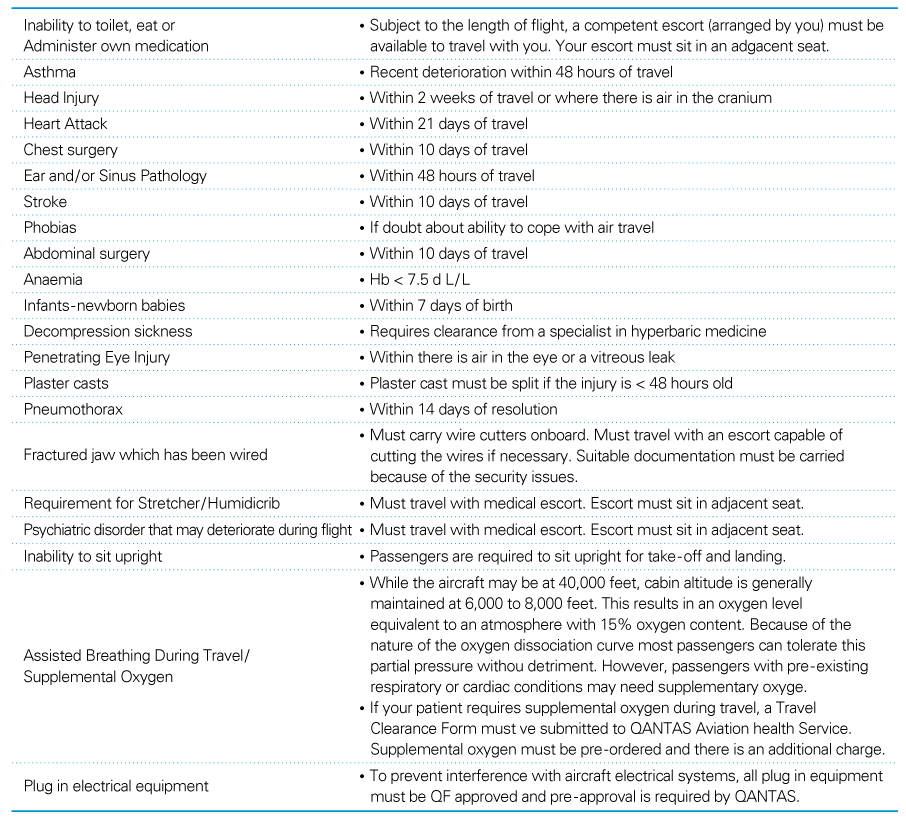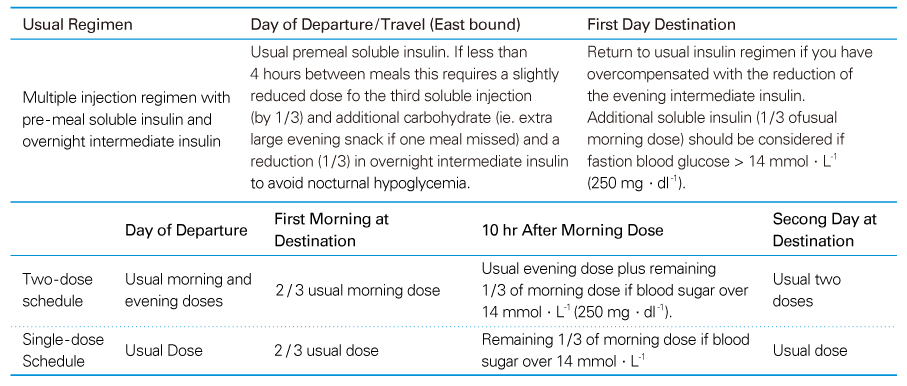 |
 |
- Search
| J Korean Med Assoc > Volume 53(6); 2010 > Article |
Abstract
It has been over 20 years since the Korean government liberalized overseas travel on January 1989. This liberalization on overseas travel resulted in the rapid growth in Korean outbound travel. The number of overseas travelers hit over one million (Approximately 1,213,000 people) in 1989 and has massively increased up to 10 million in 2007 (Approximately 13,324,000 people in 2007, 11,996,000 people in 2008). Because of an impact of swine flu outbreak on tourism industry, the number of overseas travelers has decreased to nearly 9,494,000 in 2009. However, travel experts expect that this number could bounce back to 11,180,000 in 2010. Not only major social and economic changes, but also the improvement of air transportation that allows non-stop flying up to 16 hours has contributed to steady growth of the overseas travelers. According to data from World Tourism Organization, nearly 880 million international trips were made in 2009 and 50% of them were travels to developing countries. According to another study, 1~5% of travelers required the general medical treatment, and 0.01~0.1% of travelers needed to have an adequate and immediate medical care. The common travel health problems are motion sickness, jet lag, the decreased concentration of oxygen and low air-pressure in aircraft, infectious disease, blood clot embolism, economy class syndrome, random accident, etc. Travelers with chronic diseases such as diabetics, chronic obstructive pulmonary disease, ischemic heart disease, sinusitis disease, liver disease, etc, or those who may require comprehensive medical care should be able to obtain appropriate medical treatment to protect themselves during travel. As the demand of pre/post-travel medical care has grown dramatically, the role of qualified physicians for the safe travel has expanded. To help the patients plan healthy travel, I would like to introduce the most common cases of travel medical care in this paper.
References
1. Kim TY. Information manual for oversea travel: Incheon Airport National Quarantine Station 2005.
2. Yoo BW. Travel Medicine. J Korean Acad Fam Med 2008;29:S18-S23.
3. Kim YJ. Travel Medicine. J Korean Acad Fam Med 2007;28:S144-S148.
4. Yoo BW. Travel Medicine-Case. J Korean Acad Fam Med 2007;28:S149-S155.
8. Walker E, Williams G. ABCs of healthy travel 1989;London: British Medical Journal, Cambridge University Press. 17.
9. Bettes TN, Mckenas DK. Medical advice for commercial air travelers. Am Fam Physician 1999;60:801-810.
10. In: Leggat PA, Goldsmid JM, editor. Air travel for people with special needs. Primer of travel medicine 2005;Revised edn. Brisbane: ACTM Publications.
- TOOLS
-
METRICS

-
Related articles in
J Korean Med Assoc -
Alternative Medicine1997 September;40(9)
The Era of Telemedicine1997 December;40(12)
Alternative Medicine in U.S.A.1998 December;41(12)











